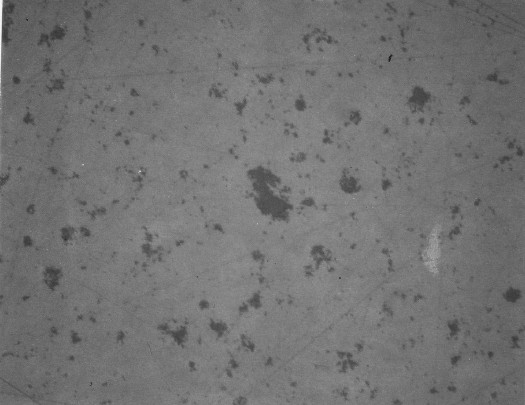Grinding and Polishing Engineered Ceramics
Engineering ceramics have numerous uses for high temperature applications. These advanced ceramics have found applications for ceramic seals, turbine blades and metal coatings to name a few. Since ceramic materials are very sensitive machining damage it is critcal to minimize both the surface and the subsurface damage. The key to machining ceramic materials is to cut and grind at high speeds and pressures using relatively small abrasives. For polishing, the most efficient means to eliminate subsurface and surface damage is by CMP polishing. The most effective CMP polishing abrasive for oxide, nitride and carbide ceramics utilizes colloidal silica. The combination of colloidal silica with diamond abrasives up to 9 micron diamond are also for intermediate polishing steps.
An example of CMP ceramic polishing is shown in the following example for silicon nitride. Initial grinidng for each sample was accomplished with a 30 micron diamond. Following initial girnding, one sample was polished through a series of diamond abrasives ranging from 9 micron down to 0.1 micron, the other using colloidal silica in combination with fewer diamond steps. As can be seen in the following figures, polishing with CMP colloidal silica significantly reduced the polishing time as well as eliminated the surface and subsurface damage.
 |
 |
|
| Silicon Nitride polished by conventional 9,6,3,1,0.25 um diamond steps. Note that the damage is not removed even after long polishing times. 400X (DIC) as polished | Silicon Nitride polished with CMP techniques 400X (DIC) as polished |
